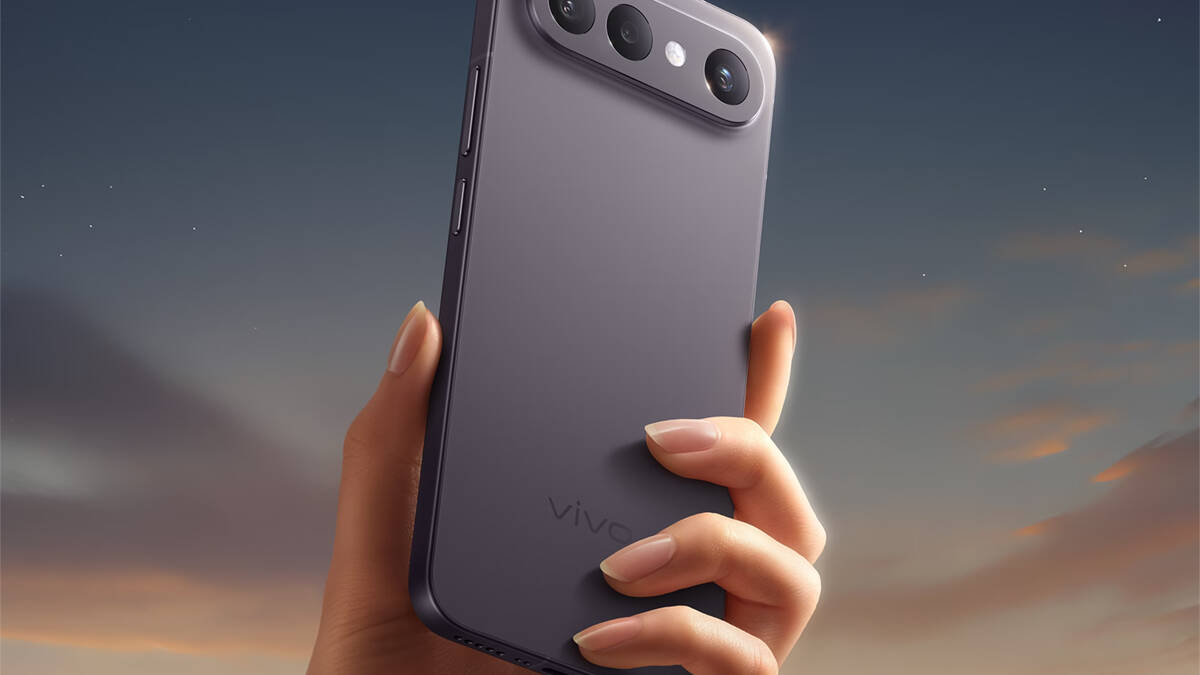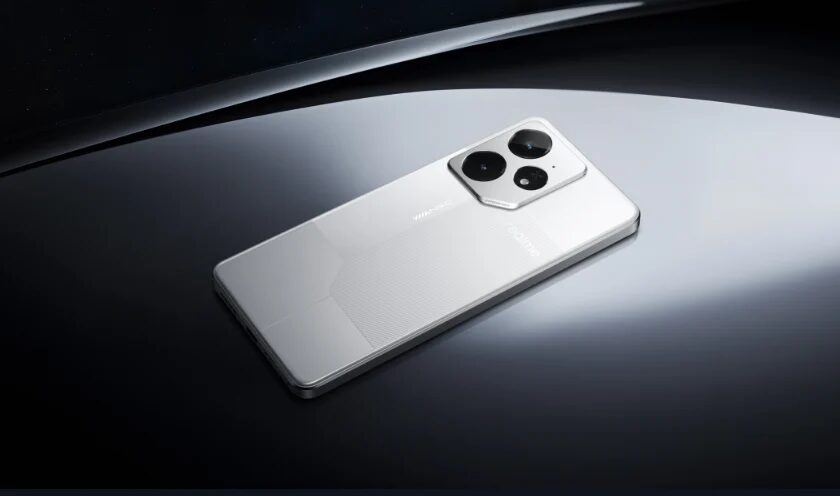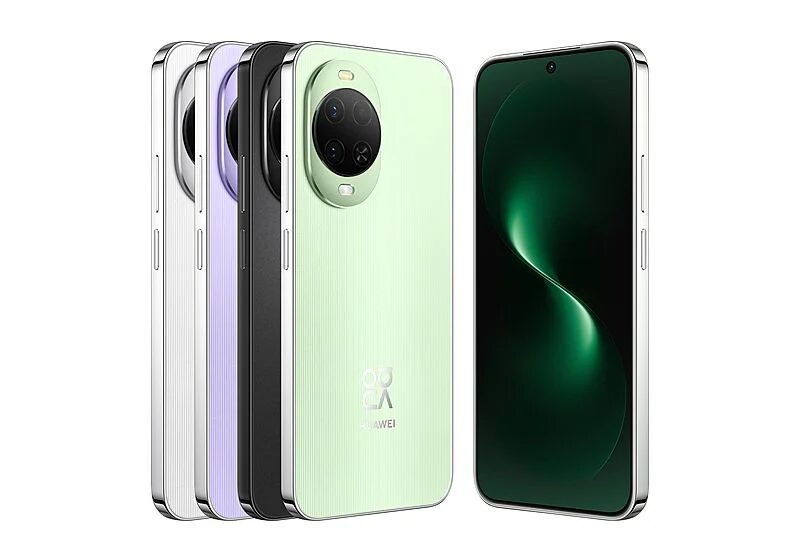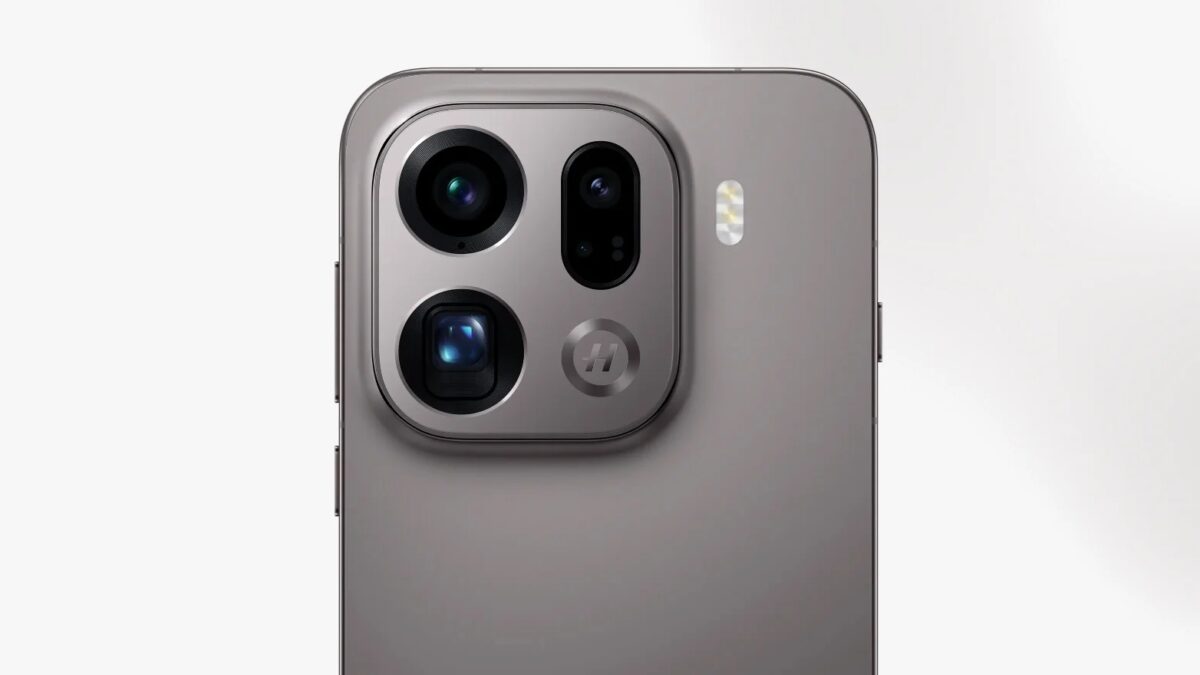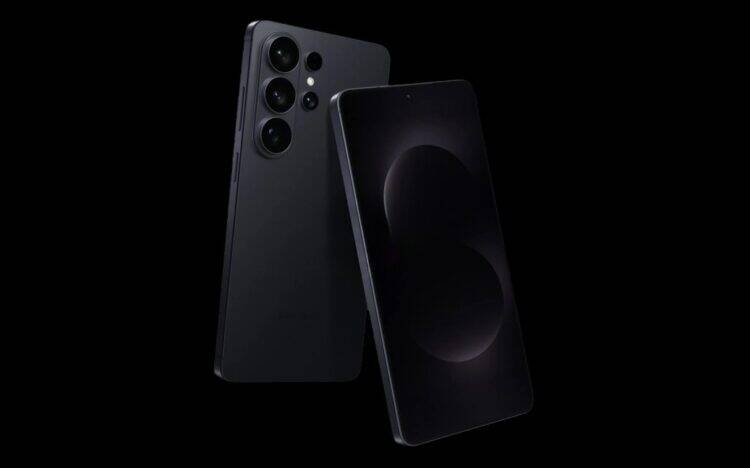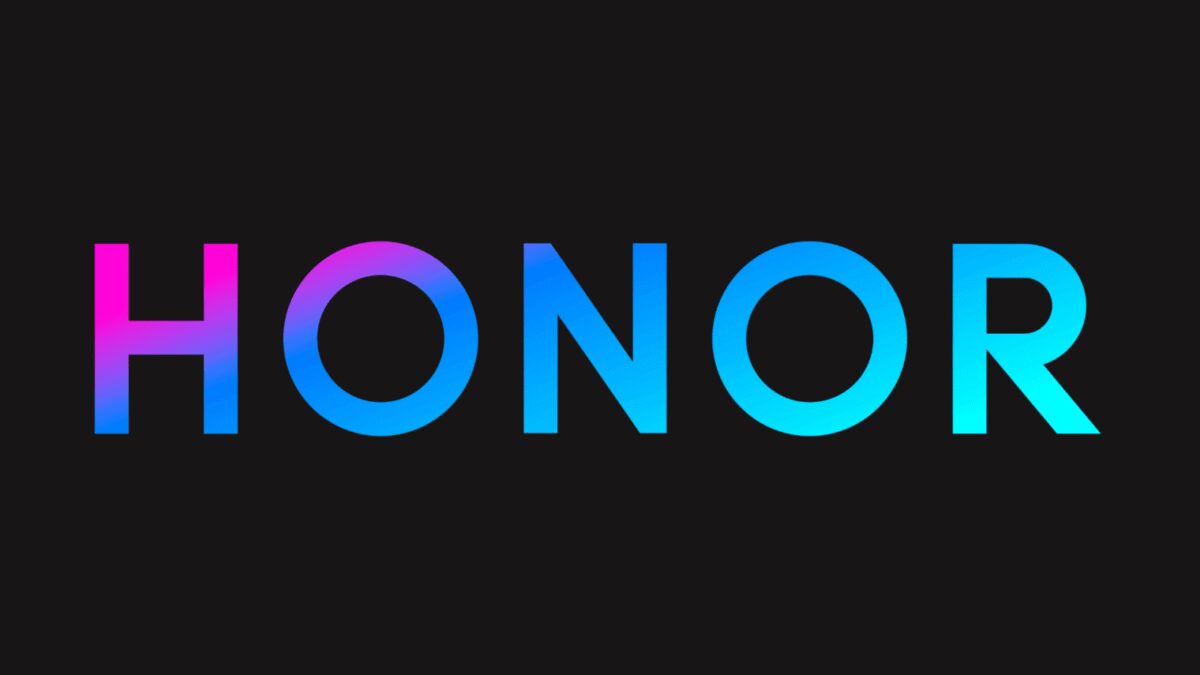Will the foldable iPhone be able to get Face ID? An unusual design will change everything
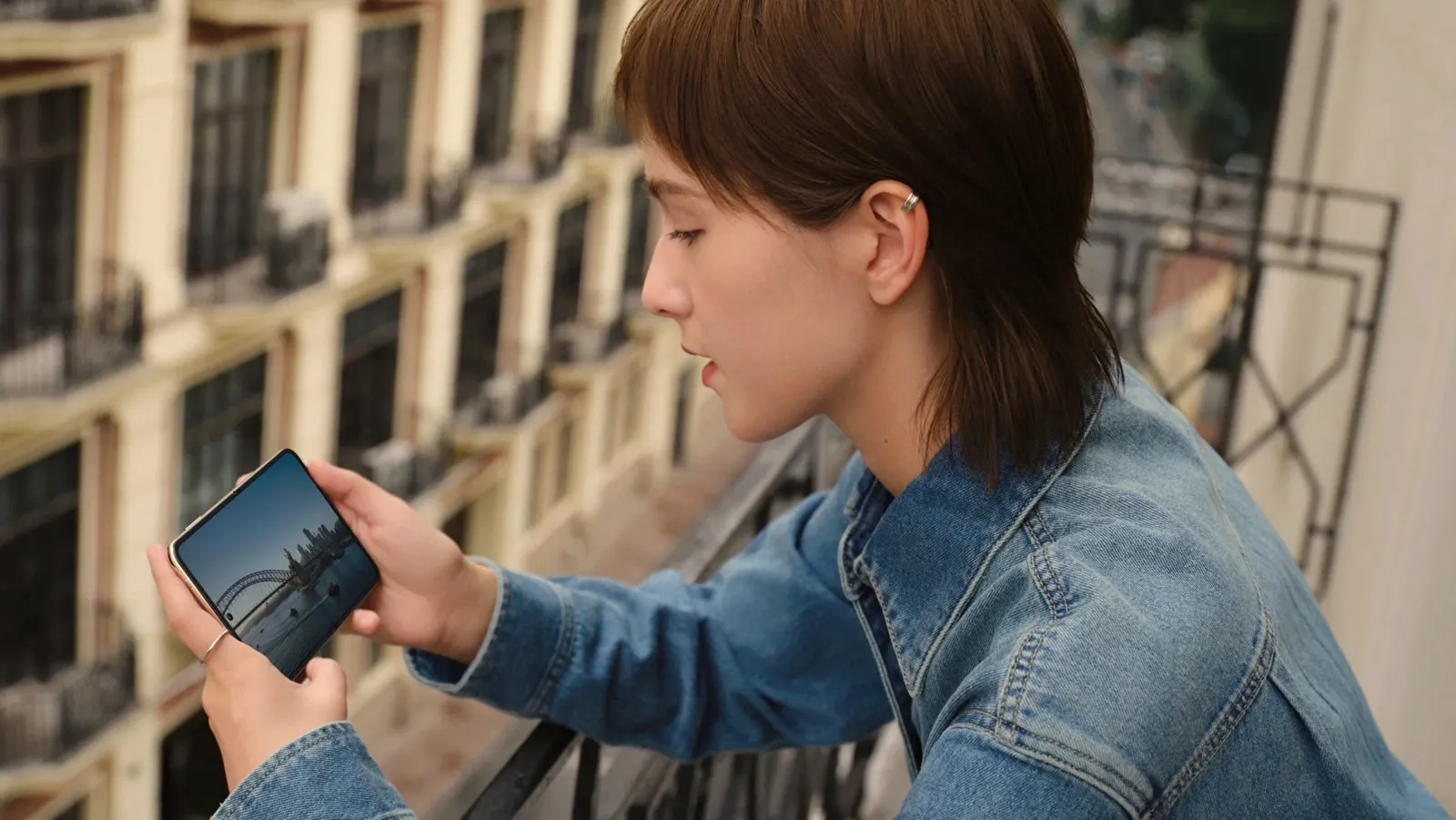
According to the latest leaks, the first foldable iPhone – tentatively called iPhone Fold -will be styled after Samsung’s Galaxy Z Fold. Analyst Ming-Chi Kuo says the device will be ultra-thin, and that’s the reason Apple will allegedly abandon Face ID, bringing back Touch ID -on the side edge like the iPad and other foldable smartphones from competitors.
But things may not be so clear-cut. One of the most interesting scenarios: the iPhone Fold’s unusual design could allow Face ID to remain, despite the general trend toward simplifying biometrics in flexible devices.
The iPhone Fold’s unusual design could allow Face ID to be retained, despite the general trend toward simplifying biometrics in flexible devices.
Why Face ID is in question
.
Face ID requires the placement of a set of 3D sensors (infrared camera, dot projector, and more) that are quite deep in size. There’s room for them in classic iPhone models – even with minimal limits. But in the thin body of a folding iPhone, especially if it’s slimmer than the expected iPhone 17 Air, it becomes extremely difficult to accommodate such components.
There’s also an architectural issue: should the facial recognition system be placed on the exterior screen or on the interior screen?
An unexpected hint – Huawei Pura X
Huawei recently unveiled the Pura X, a foldable smartphone with an unconventional design. When folded, it resembles a folding case, and when unfolded, it turns into a mini-tablet. Its main camera unit is placed horizontally above the external display, acting as both a main camera and a selfie camera.
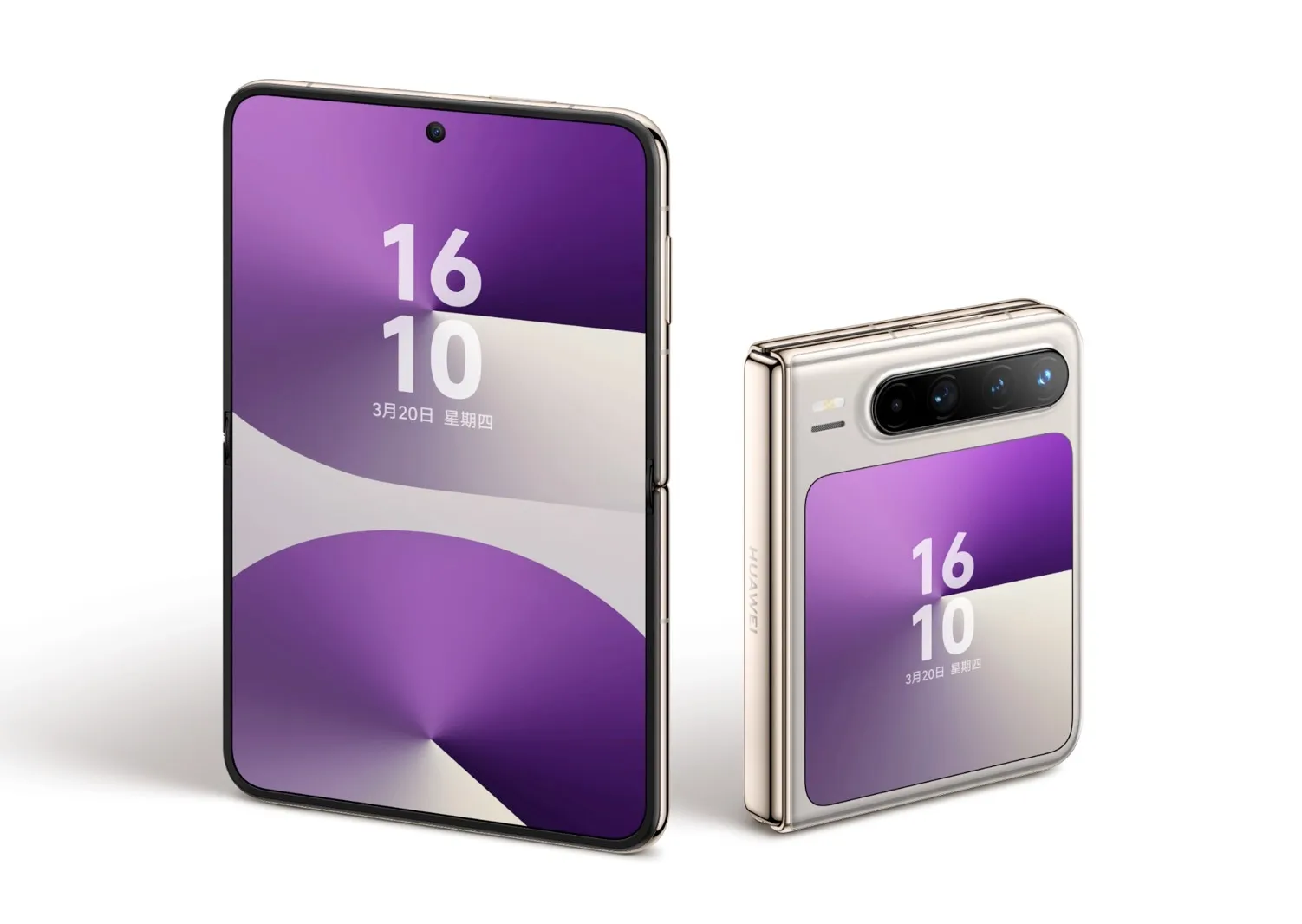
This is exactly the approach the Fold iPhone could take. If Apple places the main camera over the outer display, it could also incorporate the Face ID module. That way, the iPhone would be able to scan your face every time you open it, without the need for an additional camera inside.
What about the internal screen?”
Let’s say Face ID will be available on the external screen. Then when you unfold the smartphone, Apple could engage Touch ID on the side button or offer 2D facial recognition -as Samsung does with the Galaxy Z Flip. This approach isn’t quite as secure, but it’s suitable for unsecret apps and basic authentication.
It’s not yet clear whether Apple will risk integrating both biometric technologies – Touch ID and Face ID-into a single device. But based on trends and competition, as well as Apple’s patents, the Face ID in the iPhone Fold isn’t that fantastic, especially given the possibility of a custom case design.
At this point, it’s not a big deal.
What the rumors say
The majority of leaks so far, however, point to no Face ID in the first version of the foldable iPhone. Apple will likely focus on sideways Touch ID as the most compact and robust solution. However, a design similar to the Pura X could open the door to more complex Face ID implementations.
Another design similar to the Pura X could open the door to more complex Face ID implementations.
In the long run, Face ID components will inevitably get smaller and thinner, and Apple is sure to integrate them into foldable devices. The only question is whenand whether the first version of the iPhone Fold will be technologically advanced enough to realize it from the start.

